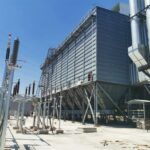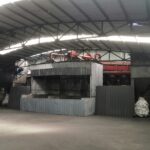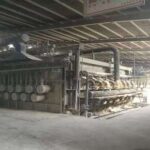Under the framework of the ten core principles, this article provides supplementary insights based on practical experience, aiming to guide the execution of correct processes within established standards to enhance production quality. These principles cover the entire process from melting preparation and pouring control to solidification management, with specific preventive measures addressing common defects such as shrinkage porosity, gas bubbles, and segregation. Below, we delve into the technical details and implementation methods of these ten principles, analyzing their application value across different casting alloys to offer systematic solutions for casting process design.
High-Quality Melting Preparation: The Foundation of Superior Castings**
Melting marks the starting point of the casting process, and the quality of the melt directly determines the intrinsic properties of the final casting. The first principle emphasizes “producing a high-quality melt,” requiring optimal handling of the molten metal before casting to ensure accurate temperature, compliant chemical composition, and low levels of dissolved gases and inclusions. Improper handling—such as flawed pouring operations—can introduce oxide films into the molten metal, which later become crack initiation sites.
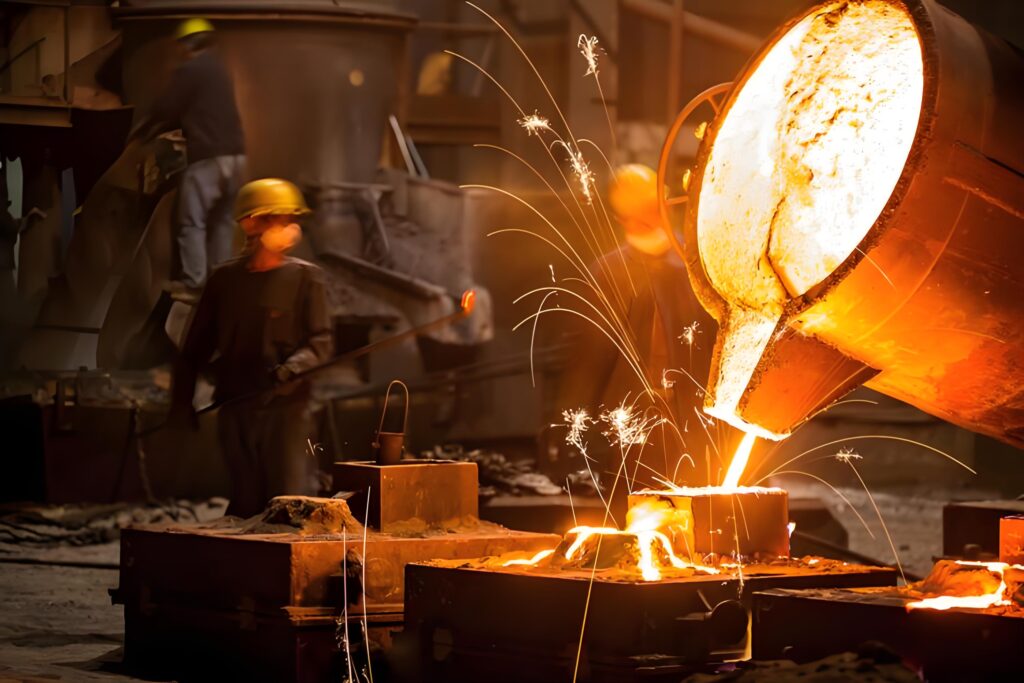
To achieve this, modern foundries must establish strict melt quality control systems. For aluminum alloys, hydrogen solubility and oxide content are key control parameters. Figure 1 illustrates how hydrogen solubility in aluminum and two of its alloys drops sharply at specific solidification temperatures, potentially leading to gas porosity if mishandled. Rotary degassing is currently the most effective purification technique for aluminum melts, introducing inert gas (typically Ar or N₂) via a rotor to generate fine bubbles that uniformly distribute throughout the melt, significantly enhancing hydrogen and inclusion removal efficiency. Research shows that when oxide content is reduced to extremely low levels, hydrogen-induced porosity decreases substantially, highlighting that oxide control is more critical than mere degassing.
Precise control of the melting process is equally vital. Different alloy systems require tailored melting strategies: cast iron demands control over graphite morphology and matrix structure; cast steel requires precise regulation of carbon equivalent; while aluminum alloys focus more on trace element content. Principle Five specifically states that sand cores must have low gas content or proper venting design, avoiding clay-bonded cores or mold binders (unless fully dried) to prevent “core gas” defects. Figure 5 demonstrates how gas from cores forms bubble trails in castings, ultimately leading to surface slag defects.
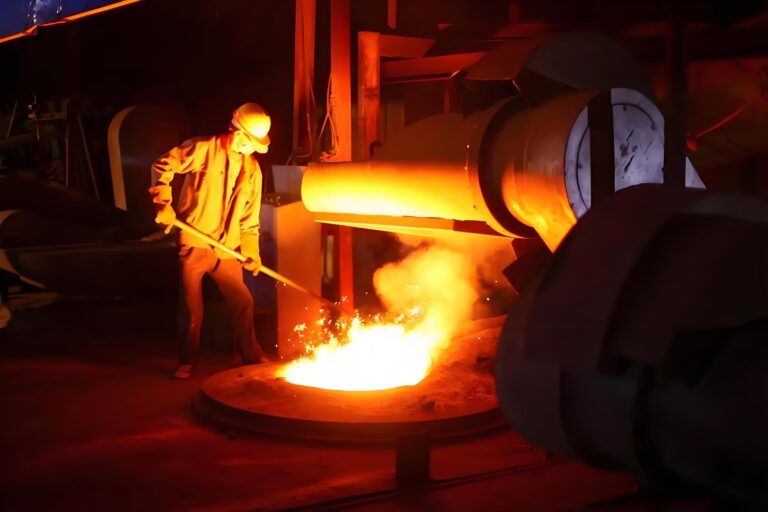
Melting temperature control must not be overlooked. Excessive temperatures increase oxidation and gas absorption, while insufficient temperatures impair fluidity. Best practices involve a stepwise temperature management approach: higher melting temperatures ensure full dissolution of alloying elements; intermediate holding temperatures promote inclusion flotation; and precise adjustment to the required pouring temperature follows. Non-contact infrared thermometry combined with thermocouples ensures temperature control within ±5°C.

